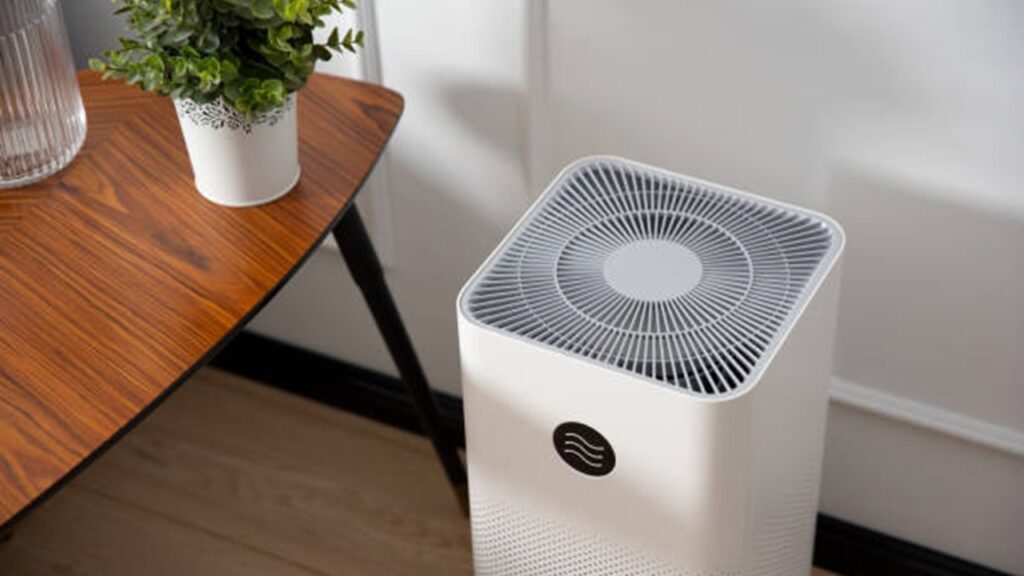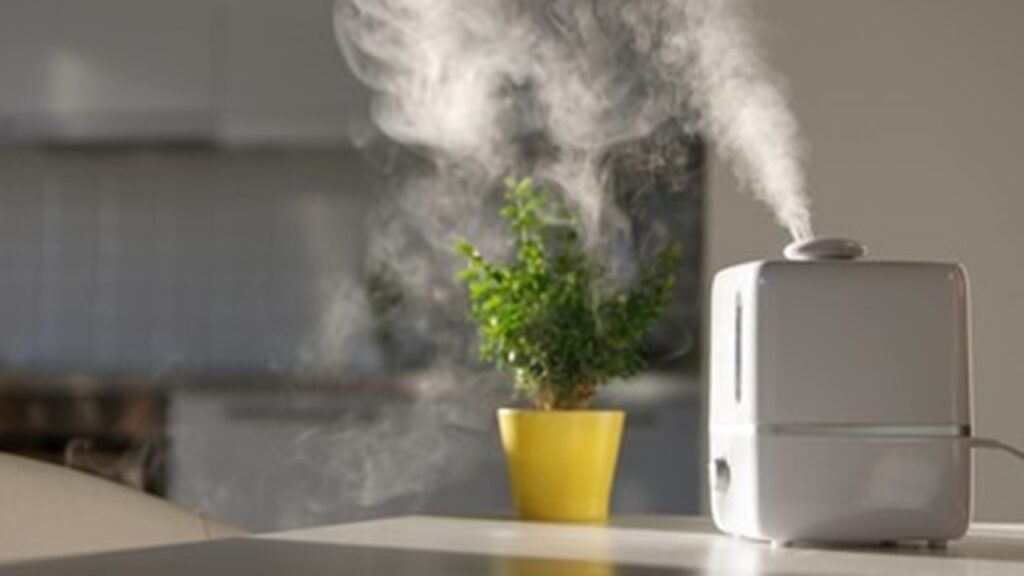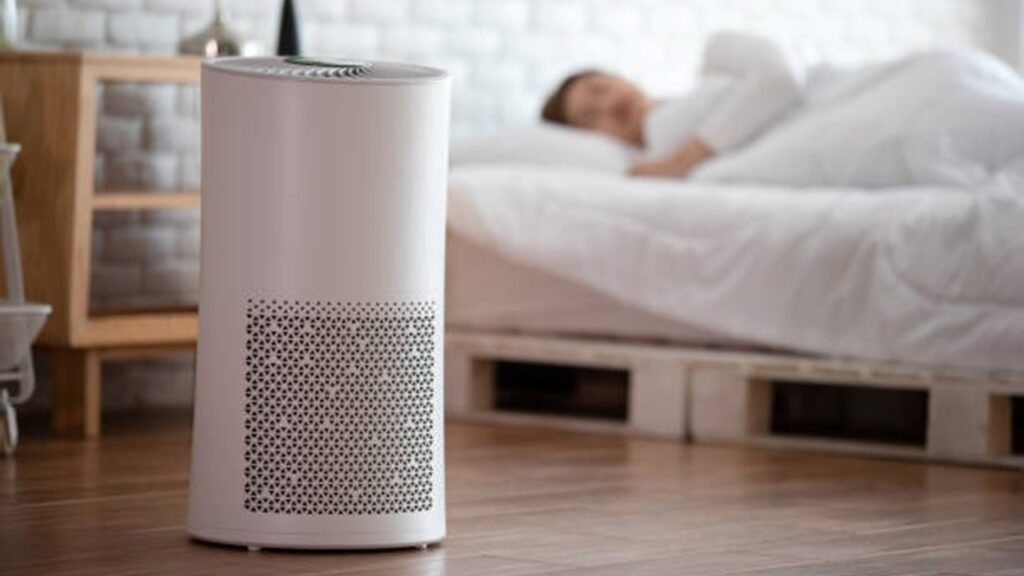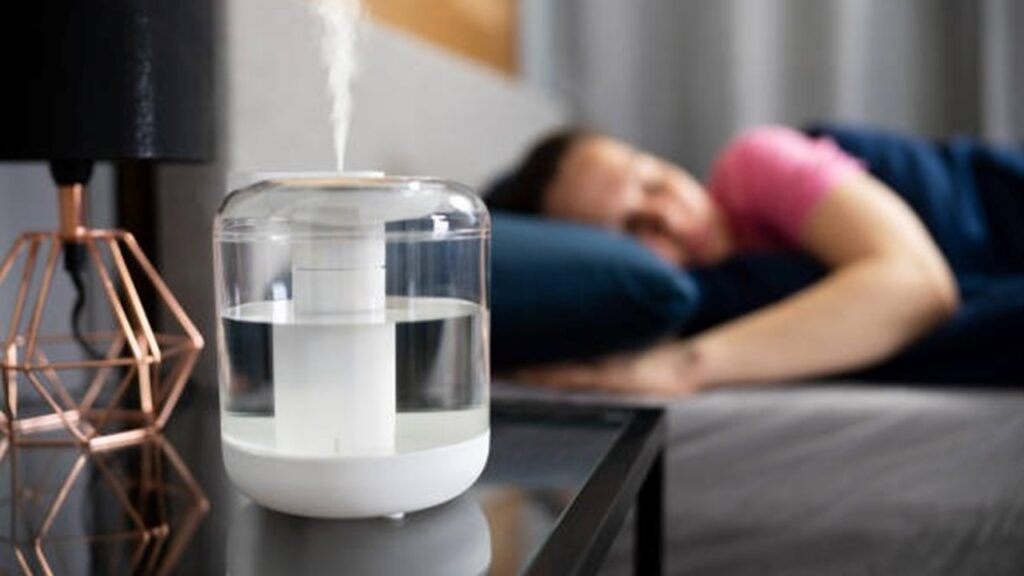
Indoor air quality matters more than ever, especially with rising concerns around pollution, allergies, wildfire smoke, and even lingering viruses. If you’re spending more time indoors—whether it is working from home or just relaxing with your family—an air purifier can help create a healthier, cleaner space to breathe.
But picking the right one can be confusing. There are so many models, filters, features, and sizes to choose from. In this beginner’s guide, we will walk you through everything you need to know to choose the right air purifier for your home, health, and budget.
Step 1: Measure Your Room Before Anything Else
The very first step before even looking at an air purifier is to figure out the size of the room where you plan to use it. This helps make sure you get a purifier that can actually clean the air effectively in that space.
Start by measuring the length and width of your room in feet. Multiply the two numbers together to get the square footage. For example, a room that is 10 feet by 15 feet is 150 square feet. This is the number most air purifiers use to rate how much space they can handle.
Next, consider your ceiling height. Most purifier ratings are based on an 8-foot ceiling. If your room has higher ceilings, like in a loft or an open-concept living area, you will need a more powerful machine or more than one unit.
In that case, multiply the room’s length, width, and height to get the cubic feet. Some manufacturers list coverage by volume, not just area.
Getting this measurement right helps you avoid buying a purifier that is too weak or too large for your needs.
Step 2: Understand What You’re Filtering Out
Not all air purifiers do the same thing. To choose the best one, you need to know what kind of pollutants you want to remove from the air. Here are the most common ones:
Dust, Pollen, and Pet Dander
These are the usual suspects when it comes to allergies. They float around in the air and settle on furniture, making life miserable for anyone with hay fever, asthma, or other sensitivities.
Smoke and Tiny Particles
This includes wildfire smoke, cooking smoke, or cigarette smoke. These particles are often too small to see but can reach deep into your lungs and cause serious health issues.
If this is your concern, you will need a purifier with strong filtration power and a high Clean Air Delivery Rate (CADR).
VOCs and Odors
Volatile Organic Compounds (VOCs) are chemicals released from things like cleaning products, paint, furniture, and plastic. They can cause headaches, irritation, and long-term health effects. Odors from pets, cooking, or garbage also fall into this category.
If you are worried about this, look for a purifier that includes an activated carbon filter, which absorbs gases and smells.
Knowing what you are trying to clean out of the air will help narrow down your options fast.
Step 3: Learn About Filter Types
Air purifiers work by pulling air through filters that trap pollutants. But not all filters are made equal, and understanding the differences is key to making a smart choice.
HEPA Filters
HEPA stands for High-Efficiency Particulate Air. These filters are considered the gold standard. A True HEPA filter can capture 99.97 percent of particles as small as 0.3 microns. That includes dust, mold spores, pollen, smoke, and even some bacteria.
If you are buying an air purifier for allergies, asthma, or general air quality, always make sure it has a True HEPA filter. Avoid anything that just says “HEPA-type” or “HEPA-like,” as these often do not meet the same standards.
Activated Carbon Filters
These filters are designed to trap odors, gases, and VOCs. If your main concern is chemical smells, cigarette smoke, or air pollution from nearby traffic or factories, you will want an air purifier with a solid activated carbon filter.
Many air purifiers today include both HEPA and carbon filters for broader protection.
Uv and Ionizer Technology
Some purifiers advertise extras like UV lights or ionizers. UV light claims to kill bacteria and viruses, while ionizers release charged particles that attract airborne pollutants.
While these can sound promising, they are often less effective in real-world use and may produce ozone, a gas that can irritate your lungs. If you choose a purifier with one of these features, make sure the device is CARB-certified (we’ll cover this soon) and the ionizer can be turned off.
Step 4: Check the CADR Ratings
CADR stands for Clean Air Delivery Rate. It tells you how quickly an air purifier can clean the air in a room by measuring how much filtered air it can deliver in a minute. The higher the CADR number, the more powerful the purifier.
You will often see CADR numbers listed for three pollutants:
- Smoke: Represents the smallest particles
- Dust: Medium-sized particles
- Pollen: Larger particles
If you are sensitive to smoke or fine dust, pay attention to the smoke CADR in particular.
Here is a simple guide based on room size:
| Room Size (sq ft) | Minimum CADR Needed |
| 100 | 60 |
| 200 | 130 |
| 300 | 195 |
| 400 | 260 |
| 500 | 325 |
A purifier with a CADR of 200 will be effective in a room around 300 square feet. But remember, these ratings are based on the purifier running at its highest setting, which can be noisy. If you plan to run it on a lower setting, you may want to buy one rated for a larger space so it still performs well.
Step 5: Noise Levels and Where You’ll Use It
Air purifiers use fans to pull air through the filters, and those fans make noise. Some people enjoy the gentle hum, but others find it distracting, especially at night.
If you plan to use the air purifier in a bedroom, baby’s room, or home office, pay attention to its noise rating. This is usually measured in decibels (dB).
To give you an idea:
- 20 dB is like rustling leaves
- 40 dB is about the noise of a quiet library
- 60 dB is similar to a normal conversation
Some purifiers are as quiet as 17 dB on their lowest setting, while others can hit 60 dB or more on high. If noise is a concern, look for a model that has a “sleep mode” or one that is rated for a larger room so you can run it at a lower, quieter setting.
Also, think about where in the room you will place it. Avoid putting it in a corner, behind furniture, or directly against a wall. These placements block airflow and make the purifier less effective.
Step 6: Maintenance and Filter Replacement Costs
Buying an air purifier is not just a one-time cost. You will also need to maintain it properly if you want it to work well over time. That mostly comes down to cleaning and replacing filters.
How Often Should You Replace Filters?
- HEPA filters usually need to be replaced every 6 to 12 months, depending on usage and the air quality in your home.
- Activated carbon filters may need changing more often, sometimes every 3 to 6 months.
- Some purifiers have washable pre-filters that catch larger particles like hair and dust. These are easy to rinse off and reuse, which can help save money.
What About Cost?
Filter replacements can cost anywhere from $20 to over $100 each time. Before you buy an air purifier, check how much the replacement filters cost and how often you will need to buy them. A purifier that looks affordable up front may become expensive to maintain over the long run.
Some models have filter indicator lights to remind you when it is time to change them, but you can also set calendar reminders based on the manufacturer’s timeline.
Step 7: Energy Usage and Certifications
Since air purifiers work best when they are running continuously, energy use becomes important, especially if you are using one in multiple rooms or all day long.
How Much Electricity Do Air Purifiers Use?
This varies depending on size and fan speed. A small purifier may use just a few watts, while a larger model on high could use over 100 watts.
If energy efficiency is important to you, look for Energy Star-certified air purifiers. These are tested to meet efficiency standards without sacrificing performance.
Check for CARB Certification
In California and other states, air purifiers must meet certain ozone safety standards. The California Air Resources Board (CARB) certifies which models are safe and do not release harmful levels of ozone.
Always check that your purifier is on CARB’s approved list, especially if it includes a UV light or ionizer. If it is not certified, it is best to skip it.
Step 8: Extra Features You May or May Not Need
Some air purifiers come with bells and whistles that may look nice, but not all are necessary. Here are a few common extras and whether they are worth it:
Useful Features:
- Filter replacement reminders: Handy for keeping maintenance on track.
- Air quality sensors: These detect pollutants and automatically adjust fan speed.
- Display lights with dimming options: Good for nighttime use.
- Smart functions: Some purifiers connect to apps or voice assistants like Alexa or Google Assistant. They allow remote control and detailed air quality tracking.
Nice to Have, but Not Essential:
- Timers to schedule when the purifier runs
- Remote control if you do not want to get up and adjust it
- Touchscreens or fancy displays that look good but do not change how well the purifier works
Smart features can be helpful if they give you better control or more insight into how the air purifier is working. But they are not must-haves, especially if you are trying to stay within a budget.
Step 9: Decide on Portability or Fixed Use
Not every air purifier needs to stay in one spot. Depending on your space and lifestyle, you might want a portable unit that can move from room to room, or a heavier-duty model that stays put.
Portable Air Purifiers
Small, lightweight purifiers are great for bedrooms, offices, or nurseries. You can easily carry them from one room to another. These models usually sit on a desk, table, or shelf and are perfect for short-term or personal use.
However, they may not be strong enough to clean larger living areas or rooms with high ceilings.
Larger Air Purifiers
If you want to purify a big space, like a living room or open-plan home, you will need a larger unit. These often have wheels or handles for easier movement but are meant to stay in one spot. Bigger units also tend to have stronger fans and longer-lasting filters.
The key is to match the purifier’s size to the size of the space you plan to use it in most often. If you want one purifier for the whole house, choose a powerful model and move it as needed, or consider buying more than one smaller unit.
Final Tips for First-Time Buyers
Choosing your first air purifier can feel overwhelming, but if you follow a few simple tips, it becomes much easier.
- Always match the purifier to your room size, not just the style or brand name.
- Look for a True HEPA filter if you want real protection from allergens, dust, and smoke.
- If smells or VOCs are a concern, make sure it includes an activated carbon filter.
- Go a size up if you want a quieter machine that still does a great job on a lower setting.
- Do not block the airflow. Keep the purifier away from walls or large furniture.
- Read real user reviews, not just the product page. They often give the best idea of what to expect in daily use.
Buying the right air purifier means thinking beyond looks and price. Focus on performance, filter quality, and how it fits into your actual living space.
Conclusion
An air purifier is one of the simplest ways to improve your indoor air quality, especially if you deal with allergies, pollution, or dust every day.
But finding the right one takes a bit of planning. Start with the size of your room, understand what you need to filter, and check key specs like CADR, noise level, and filter type.
Once you have found the right fit for your space and needs, you will breathe easier—literally.
Cleaner air can make your home feel more comfortable, help you sleep better, and even improve your health in the long run.

At our core, we’re a group of passionate clean air equipments and appliances enthusiasts. We dive deep into the world of fresh air around us. We try to provide as much value to the readers with our information and how to blog articles as possible along with proper information-based reviews as well.




